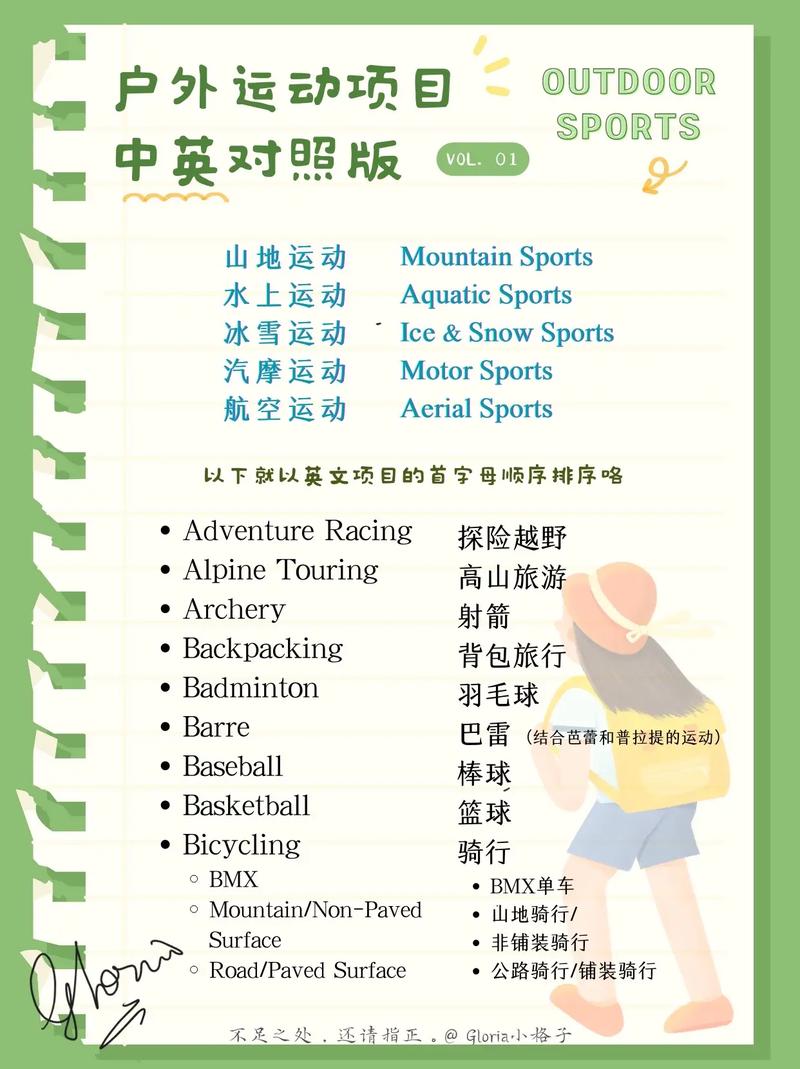Sports culture encompasses a diverse array of practices, beliefs, and values that shape the way societies engage with physical activities. Translating sports culture models into English requires a nuanced understanding of both the cultural context and the language itself. Here, we explore various approaches to translating sports culture models effectively.
Literal translation involves translating sports culture models wordforword from one language to another. While this approach preserves the original structure, it may fail to convey the intended meaning accurately. Cultural nuances and idiomatic expressions often get lost in literal translations, leading to misunderstandings.

Cultural adaptation involves modifying sports culture models to align with the target language and audience's cultural norms and preferences. This approach prioritizes conveying the intended message effectively over strict adherence to the original text. It may involve replacing culturallyspecific references with equivalent concepts familiar to the target audience.
Transcreation goes beyond literal translation and cultural adaptation by focusing on recreating the emotional impact and intent of the original text in the target language. This approach allows for creative liberties to evoke similar feelings and responses from the target audience while staying true to the core message.
Localization involves adapting sports culture models to suit the linguistic, cultural, and regulatory requirements of specific regions or markets. This approach considers not only language translation but also factors such as units of measurement, sporting terminology, and legal considerations.
Translating sports culture models into English requires more than just linguistic proficiency—it demands a deep understanding of cultural nuances and effective communication strategies. Whether opting for literal translation, cultural adaptation, transcreation, or localization, prioritizing clarity, accuracy, and cultural relevance is essential to convey the richness of sports culture across language barriers.